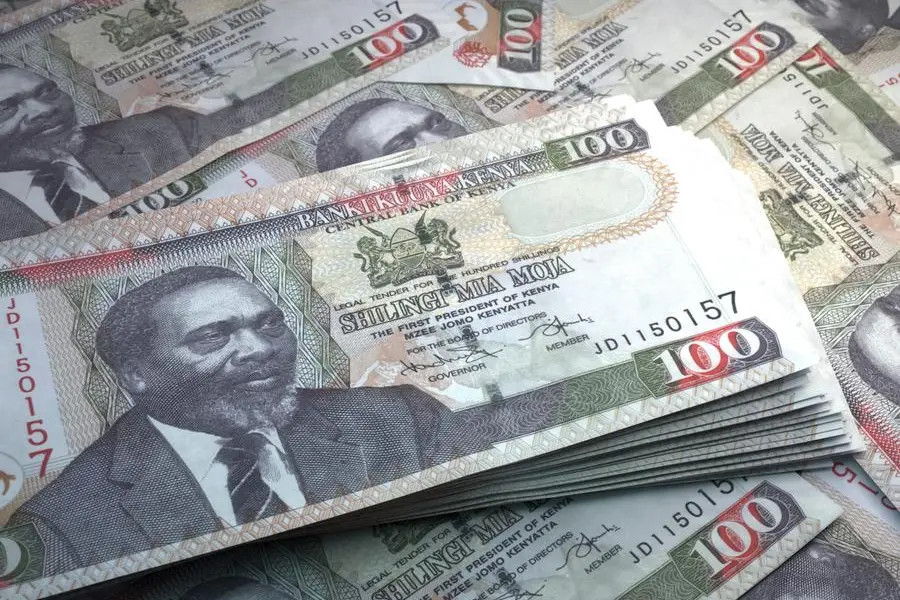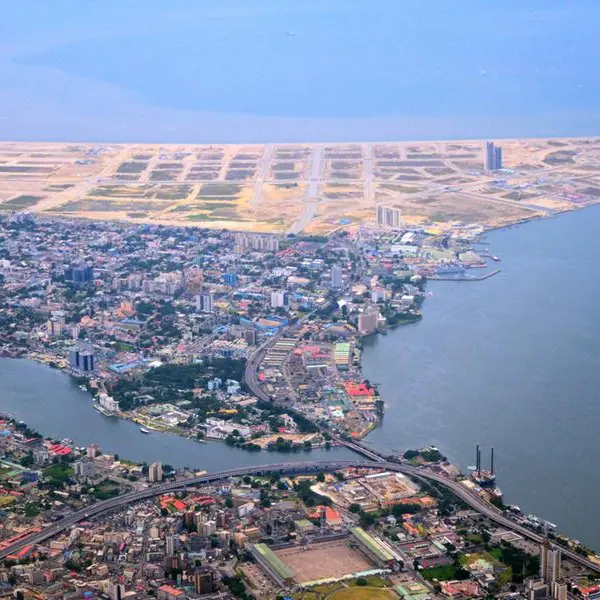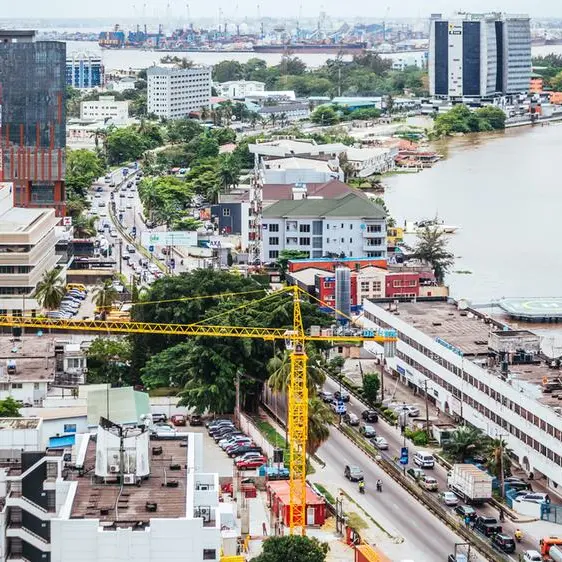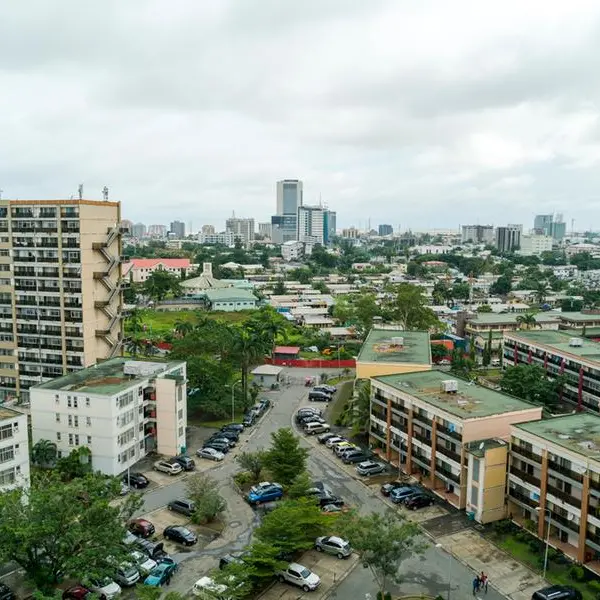PHOTO
The move by Kenya’s central bank to raise mobile money transac- tion limits is likely to accelerate the rate of inflation in the coun- try, even as citizens continue to suffer through a struggling economy.
Kenya, the second leading mobile money economy in the world after China, has seen its economy grow exponentially since the introduction of the service over 15 years ago, but allowing higher transactions couldn’t have come at a more inopportune moment.
Effective 15 August, the daily mobile transaction limit per user in the coun- try is Ksh500,000 ($3,404), up 66% from $2,041 on the most popular mo- bile money platform M-Pesa which is owned by East Africa’s biggest company Safaricom. This was the second time Safaricom got a nod from the central bank to raise its transaction limit. The first was approved in March 2020 from $1,020 to $2,041, a 100% increase.
On 16 August, Airtel also raised the daily transaction limit on its mobile money platform Airtel Money, with the regulator’s approval, to $3,404 daily. As with M-Pesa, the limit per transaction remains $1,042. But Airtel’s platform only has a tiny percentage of the mobile money market share in Kenya. As of March 2023, M-Pesa held a 96.5% market share in the mobile money space. Airtel Money came in second at 3.4%, while Telkom Kenya’s T-Kash holds 0.1%. The new lim- its apply to all transactions using mobile money infrastructure, including transac- tions between payment service providers, banks, mobile lenders and fintechs.
Kenya’s inflation rate slowed to 6.7% year-on-year in August from 7.3% in July, according to the Kenya National Bureau of Statistics (KNBS), but allowing more liquid cash in circulation is set to push it up further. Data from the central bank shows that mobile money payments hit $4.7bn in July, up from $4.4bn in June, the highest sum since December when it was $4.84bn. With the new transaction cap, this figure is expected to grow further in coming months, fuelling more inflation and weakening the Kenyan shilling’s value against major foreign currencies.
This, in turn, hikes the cost of living, as the local currency chases fewer goods and services compared to months ago.
Meanwhile, mobile money accounts keep growing every month. They rose to 77.21m in July from 76.99m in June, while active mobile money cash-out points in- creased to 330,912, up from 328,543. Of the country’s population of over 55m people, 38.6m were registered mobile money us- ers by the end of 2022, with most of them owning more than one account.
While Kenya’s mobile money market has grown to a staggering $109.9bn as of 2022, and is projected to reach $348bn by 2028, according to the International Market Analysis Research and Consulting Group (IMARC Group), it could prove dif- ficult for the government to tame inflation in a largely cashless economy.
Higher rates all round
Now, with the raised transaction cap, come higher bank interest rates and hiked mobile money transaction charges. With the recently passed 2023 Finance Bill, the ex- cise duty for money transfers by mobile money operators rose from 12% to 15%, four years after it was increased from 10% to 12%. The new rates are already affecting prices of basic commodities, as the telcos pass the burden to customers.
A household’s increased income through mobile money remittances translates to an increased capacity to buy goods and services, pushing their demand up. This increased demand places inflationary pressure on prices; however, under certain conditions, like Kenya’s rising fuel prices, US dollar shortage, and dwindling ex- ports, the inflationary pressure is even more pronounced.
As Kenyans expect higher infla- tion, they are likely to bargain for higher wages to maintain their liv- ing standards. When employers expect this wage inflation on a massive scale, they usually raise prices further, which drives further inflation. Kenya is not far from this. Digital payments could have streamlined financial transac- tions by enabling ease of settlement, eliminating cases of fake banknotes, and providing transaction data, but higher transaction limits also encourage crimes like money laundering and armed robbery at mobile money cash-out shops.
In 2018, the central bank was in fact hesitant to increase the transaction limit due to concerns that M-Pesa could be used to launder money and finance terrorist activities. A 2017 US Department of State report on Kenya warned that “these ser- vices remain vulnerable to money launder- ing activities”.
This is backed up by claims that Kenya is becoming “a transit point for interna- tional drug traffickers and trade-based money laundering.” If untamed, consistent money laundering is known to be one of the key factors contributing to high infla- tion rates in developing economies.
© Copyright IC Publications 2022 Provided by SyndiGate Media Inc. (Syndigate.info).




















